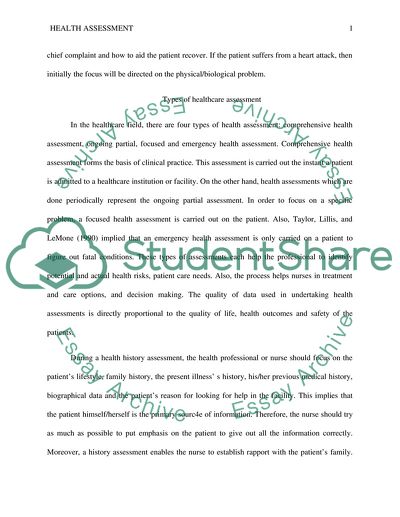Cite this document
(“Health Assessment Essay Example | Topics and Well Written Essays - 1250 words”, n.d.)
Health Assessment Essay Example | Topics and Well Written Essays - 1250 words. Retrieved from https://studentshare.org/nursing/1661355-health-assessment
Health Assessment Essay Example | Topics and Well Written Essays - 1250 words. Retrieved from https://studentshare.org/nursing/1661355-health-assessment
(Health Assessment Essay Example | Topics and Well Written Essays - 1250 Words)
Health Assessment Essay Example | Topics and Well Written Essays - 1250 Words. https://studentshare.org/nursing/1661355-health-assessment.
Health Assessment Essay Example | Topics and Well Written Essays - 1250 Words. https://studentshare.org/nursing/1661355-health-assessment.
“Health Assessment Essay Example | Topics and Well Written Essays - 1250 Words”, n.d. https://studentshare.org/nursing/1661355-health-assessment.


